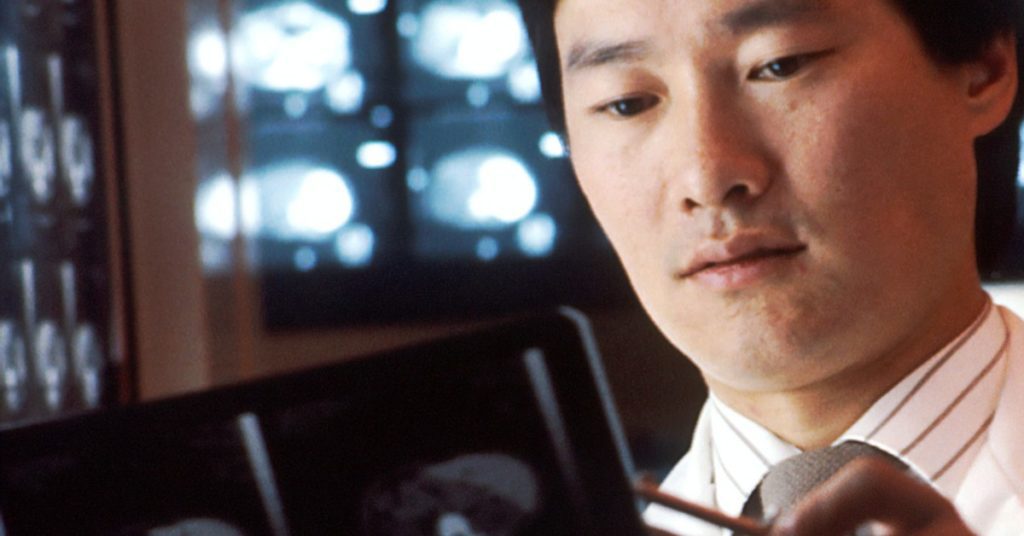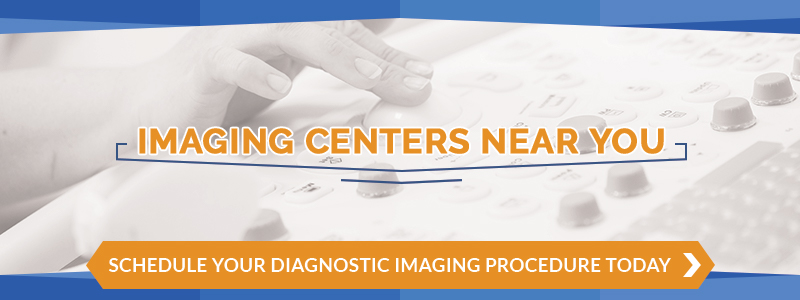Thanks to the medical imaging technology of a DEXA scan, bone density can be assessed and problems can be addressed at a much earlier stage than a traditional X-ray scan alone. DEXA scans use two beams of low-energy X-ray radiation to separate the image into its respective components, which are typically bone and soft tissue.
In this article, we’ll take a high-level look at the purposes, procedures, and subsequent effects and benefits of a DEXA scan. For more immediate information on medical imaging technology and how it may help prevent future or ongoing health problems, please contact Touchstone Medical Imaging today.
Purpose
In the United States alone, an estimated 44 million people currently have osteoporosis, according to the International Osteoporosis Foundation. Given its significant prevalence, it’s vital that health professionals have the tools to assess and diagnose this bone-density loss before it becomes a more serious issue. For this reason, DEXA scans are most commonly used to diagnose and treat osteoporosis.
Although osteoporosis is one of the most common age-related conditions experienced by older adults, it often isn’t treated until severe weakening, fractures, or breaks of the bone have occurred.
DEXA scans are most commonly used to diagnose postmenopausal women who may be suffering from osteoporosis, but the technology is also employed for other practical purposes including body composition analysis, risk of athletic injury, and ratio calculations of various tissues, such as the vital fat surrounding internal organs.
Procedure
Like many kinds of medical imaging, a DEXA scan does not require any preparation on the part of the patient before they receive the procedure. Regular patterns of eating and drinking are permissible and fasting is not necessary. However, if one takes calcium supplements on a daily basis, these should be temporarily withheld for at least 24 hours prior to the scan.
On the day of the procedure, before the DEXA scan, the medical imaging specialist will instruct the patient to remove any garments or objects they are wearing that contain metal. These items may include jewelry, belts, watches, or eyeglasses.
Once this has been completed, the patient will be instructed to lie on their back on an exam table. The DEXA scan device will then be positioned over their body; the machine responsible for generating an X-ray is located underneath.
At this point, the procedure will begin with the arm of the imaging device gradually moving over the patient’s body. This arm projects a small amount of low-energy radiation through the body in order to produce a multilayered X-ray image that visually separates bone density from surrounding soft tissue.
If osteoporosis is suspected in the individual receiving the scan, the device will likely be concentrated on the areas of the hips and spine. Patients receiving a DEXA scan for a body composition analysis, however, will have their entire body assessed by the machinery.
The procedure from start to finish is entirely painless. Some individuals may find it slightly uncomfortable to lie still, but moving during the procedure can compromise the image quality and results, so it’s best to refrain from movement as much as possible. Women who are pregnant should consult their doctor prior to receiving a scan, as their medical health professional is likely to advise against this for precautionary purposes.
Results and Benefits
Based on numerical criteria from the World Health Organization and other professional databases, your medical imaging specialist will calculate a T-score that reflects your bone density levels. A T-score of -1.0 or higher is normal, while ranges between -1.1 and -2.4 are indicative of osteopenia. In later and more advanced stages, this condition develops into osteoporosis, which is represented by a more severe T-score of -2.5 or lower.
Your imaging technologist may use other methods of assessment such as Z-score comparisons or, in the case of body composition analysis, respective ratios of fat and muscle mass across various demographics. Since the DEXA scan is most often prescribed for osteoporosis assessment, however, you can probably expect to receive a T-score as your primary point of reference.
Conclusion
The DEXA scan is a highly useful and noninvasive diagnostic tool that can be used for a variety of bone and tissue-related conditions. Although a small amount of radiation exposure is involved, the associated risk is minimal if not negligible, and since the procedure is only performed every few years or so, any adverse side effects are highly unlikely to occur.
What’s most important is that a DEXA scan provides your doctor or radiologist with the data necessary to make an informed decision regarding your treatment and wellbeing to ensure you maintain the highest possible quality of life.


